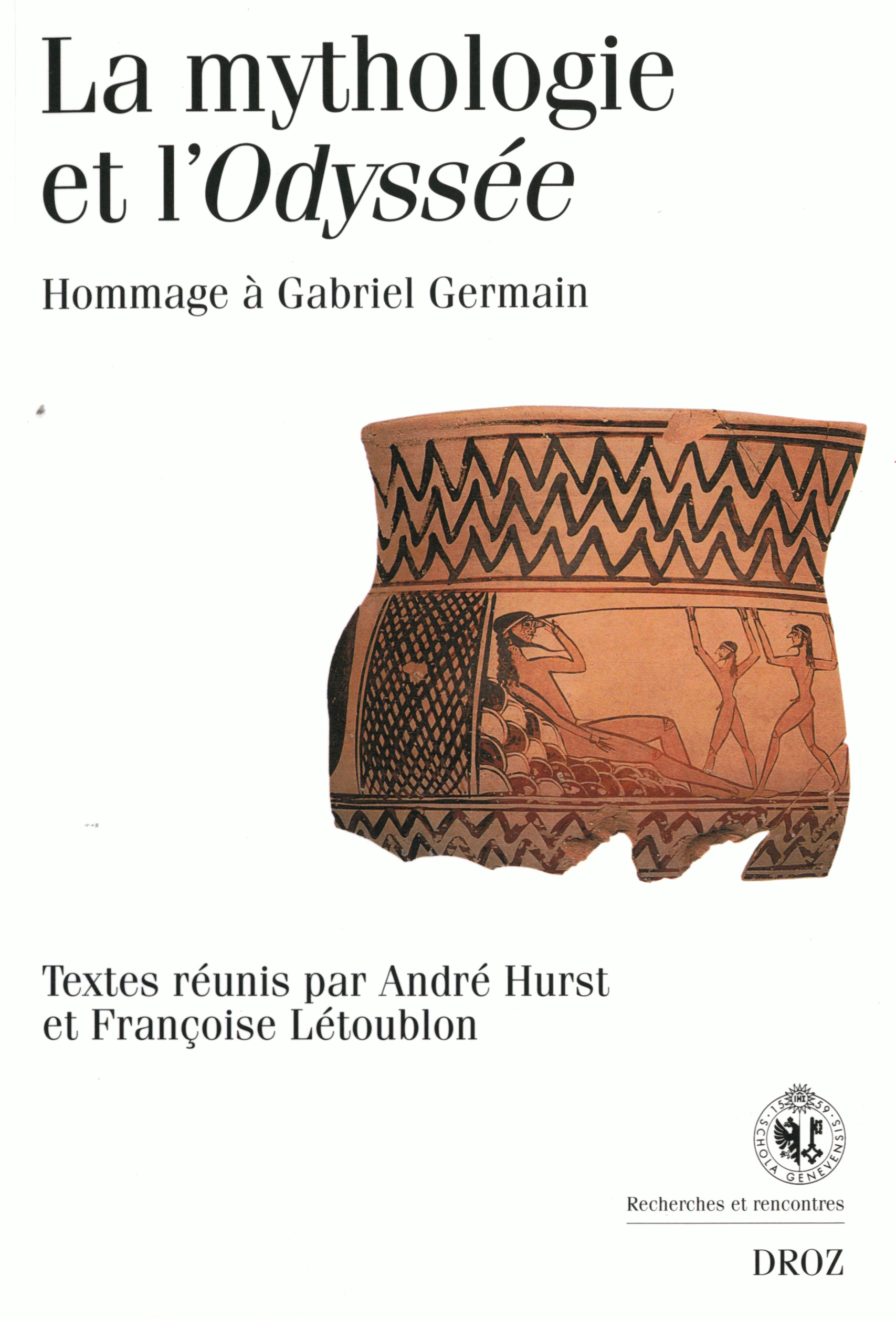Proteus, the Old Man of the Sea
Homeric Merman or Shaman?
Résumé
In the fourth book of the Odyssey we find Menelaos and his companions stranded on an island of the coast of Egypt. The mermaid Eidothea met Menelaos secretly and told him that her immortal father, Proteus the Egyptian, Poseidon’s servant, knew which of the gods held him «bound» because he had not offered proper sacrifices. Eidothea gave Menelaos instructions on how to waylay and capture her father and then she plunged into the sea. Following her instructions, Menelaos and his men went down to the beach and slept there. When dawn came he chose three of his companions to help him accomplish the ambush. Eidothea came out of the sea and brought with her four newly flayed sealskins. She then carved out beds in the sand for the men to lay down and covered each one with a sealskin. She also offered protection against the foui smell of the skins by putting ambrosia under the nose of each man. As she had told the men, the seals came out of the sea in great number and at noon the Old Man of the Sea emerged from the water and dutifully counted his seals. Then he lay down among them. The four men locked arms all around him and held him bound. Suddenly the Old Man displayed his craft. In tum, he became a lion, a serpent, a leopard; then water, then a tree. Menelaos, he said, would return to his homeland only if he first sailed to Egypt and offered sacrifices to the gods when he reached the waters of the river Aigyptos (i.e. Nile). Proteus revealed how Ajax and Agamemnon had died, how he had seen Odysseus on the island of Kalypso. He also revealed that it was Menelaos’ destiny not to die but to live forever at the Elysian field. The significant details of this exotic story have little or nothing to do with Egypt or the Mediterranean. At a special place and a special time Eidothea, daughter of Proteus, the Old Man of the Sea, initiates four men into rituals of seal hunting. The men are covered with sealskins and in a way «become seals» which attract flocks of other seals and the Old Man of the Sea as well. The Old Man of the Sea performs a series of spectacular transformations. He gives details of the deaths of Ajax and Agamemnon. He speaks as one who has unusual powers of sight. Thus he saw Odysseus on the island of Kalypso (4.556-7), and he has foresight of Menelaos in the Elysian field. It will be argued that Siberia and the Arctic – perhaps alos the Eurasian steppes – may have been the ultimate place of origin of the Old Man of the Sea and his techne. Seals and sealskins are of no importance in the Mediterranean, but they are extremely important in the Arctic where shamans become sea lions, seals and bears. They also journey to the depths of the sea to communicate with the dead. The Arctic shaman is «the elder, the one who precedes» (Malaurie 57). The proto-Finnish god Ukko is the «Old Man» (OK 22-25). Proteus is also The Old Man, the one who «came first/goes first». Relevant to the discussion of Proteus are the transformations of other gods, especially those of Dionysus (Homeric Hymn VII). In the story in Odyssey 4.351-599 the chant and the shamanic drumbeat are missing. Yet there is enough to invite speculation about the probability of a connection between the Hyperborean regions and the world of Homer as well as about the pathways through which shamanic beliefs and practices of the extreme north might have reached the south, at least by hearsay.
